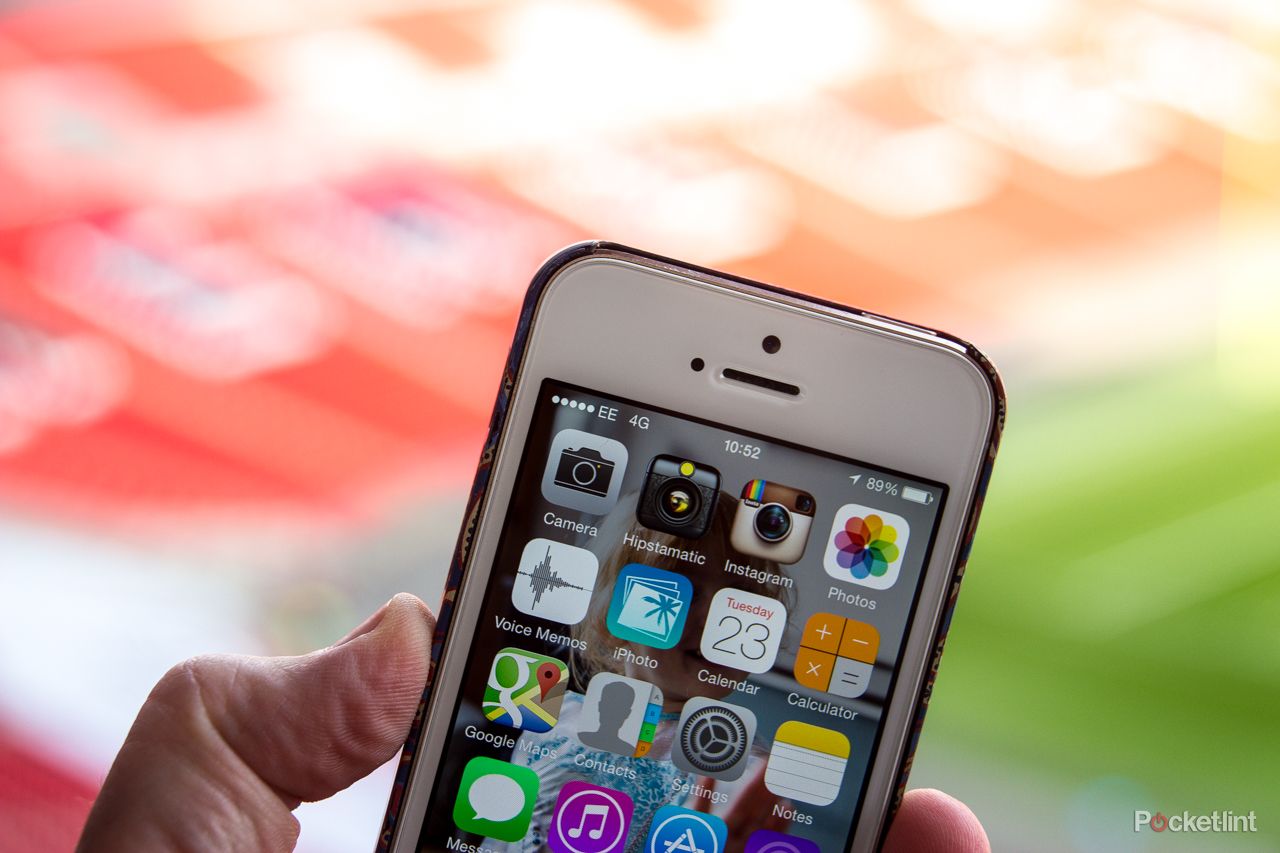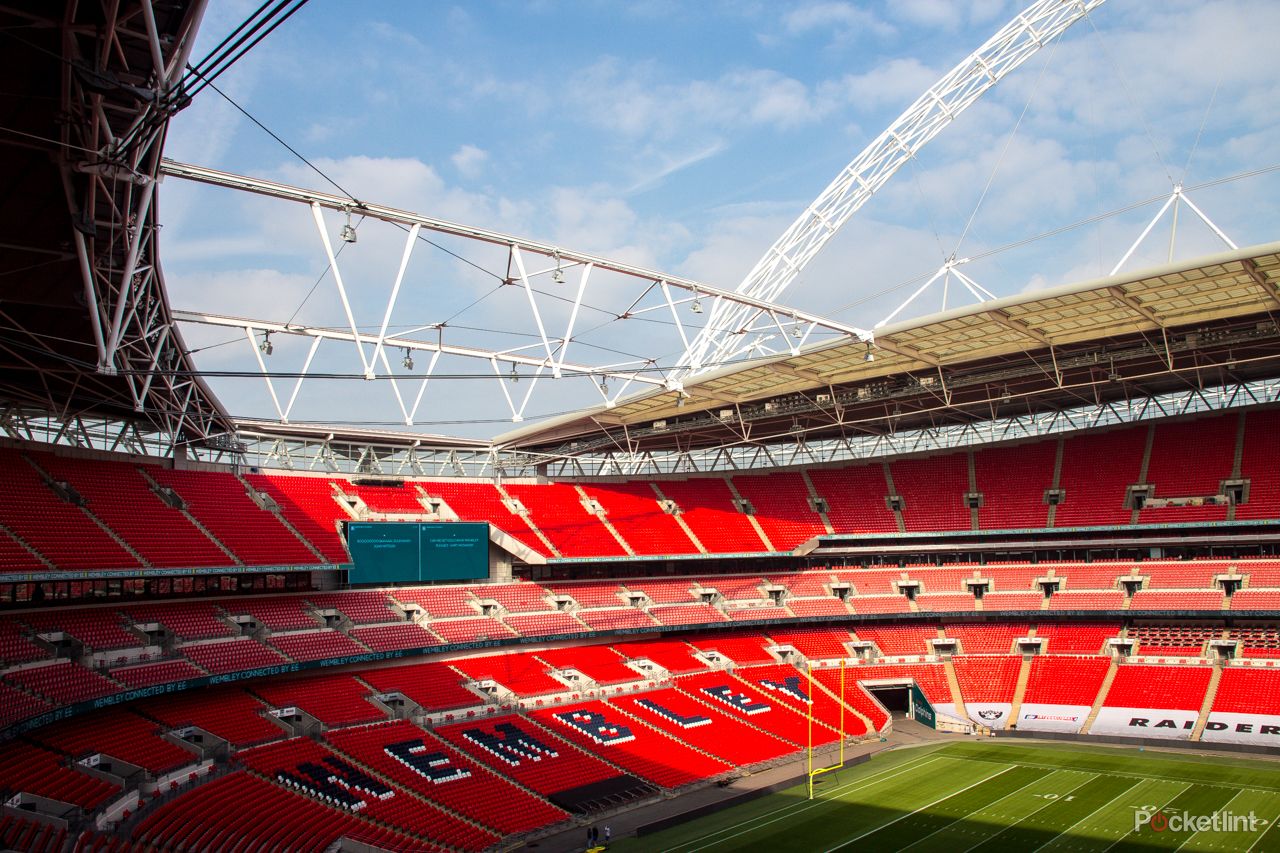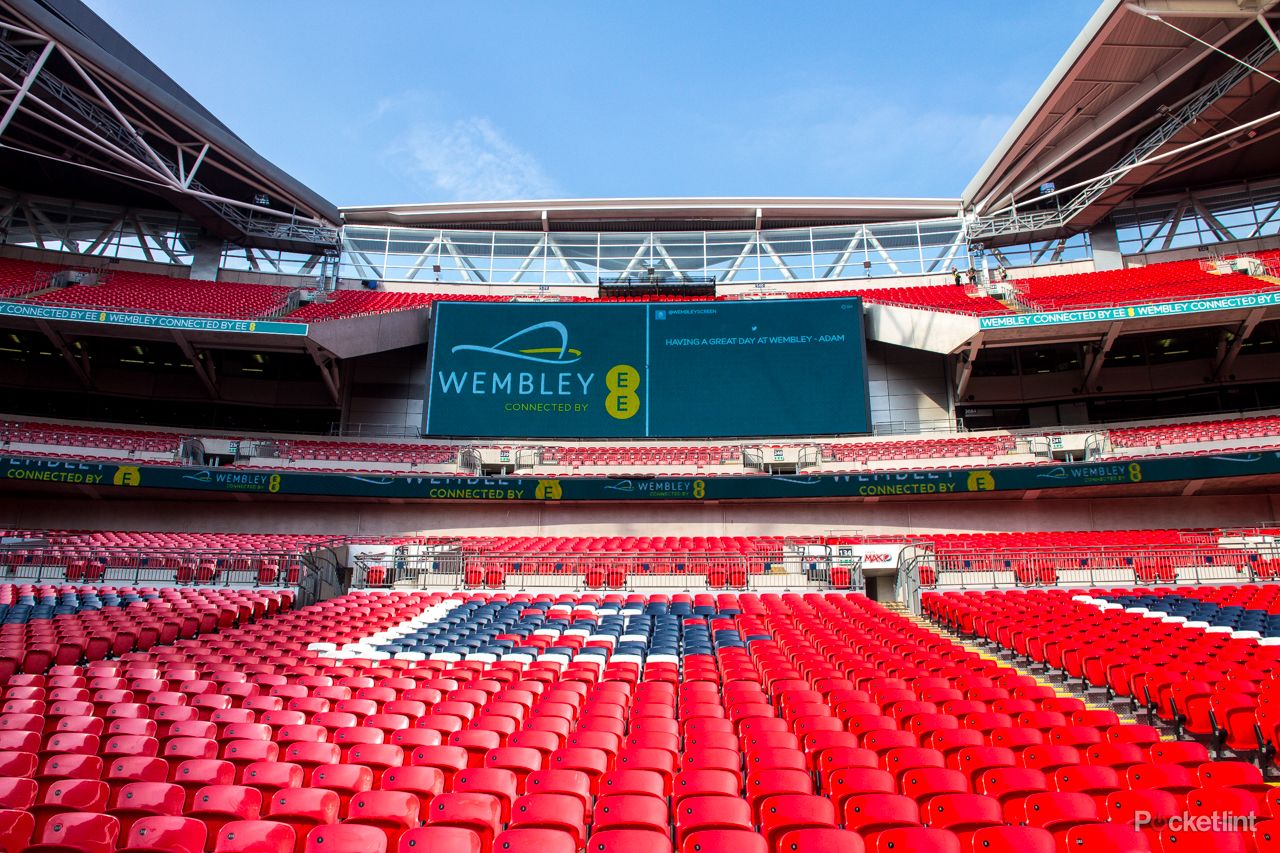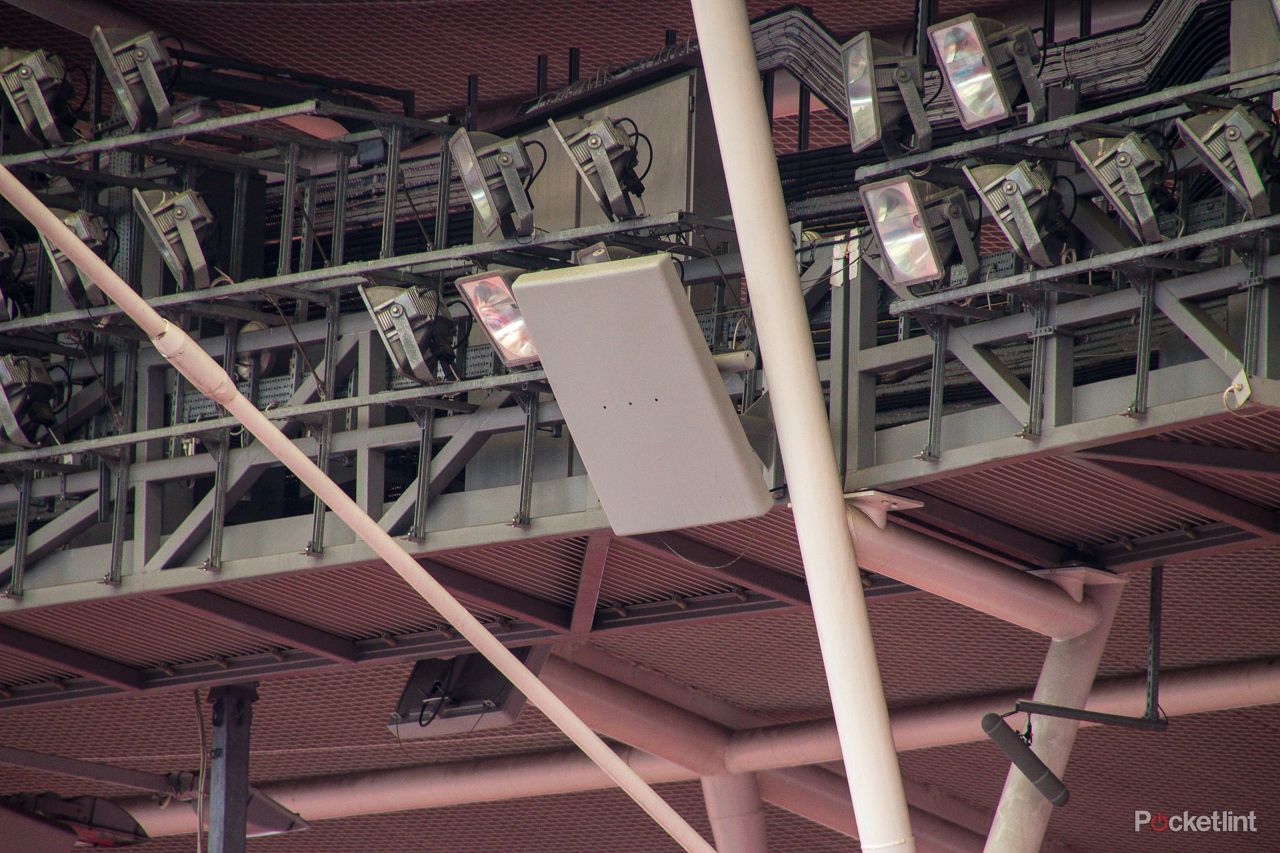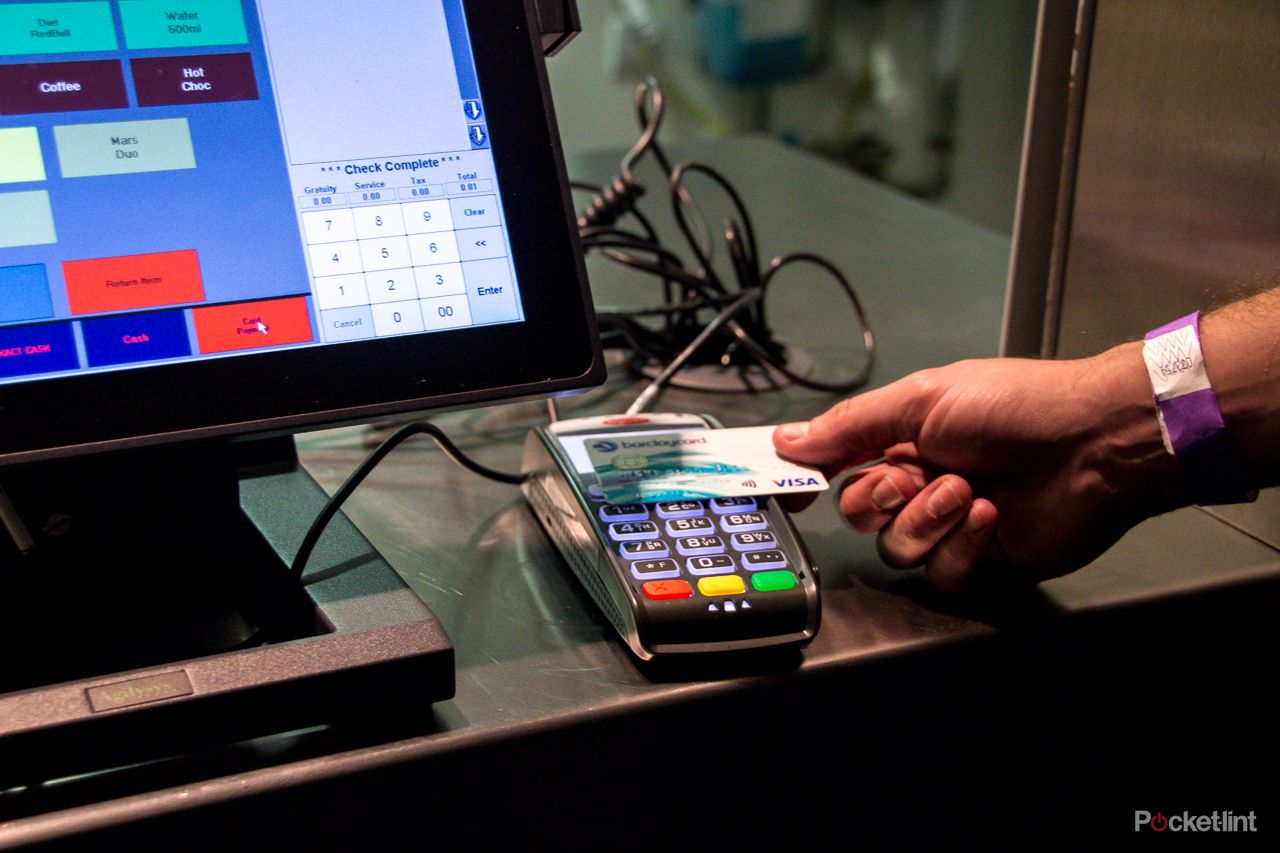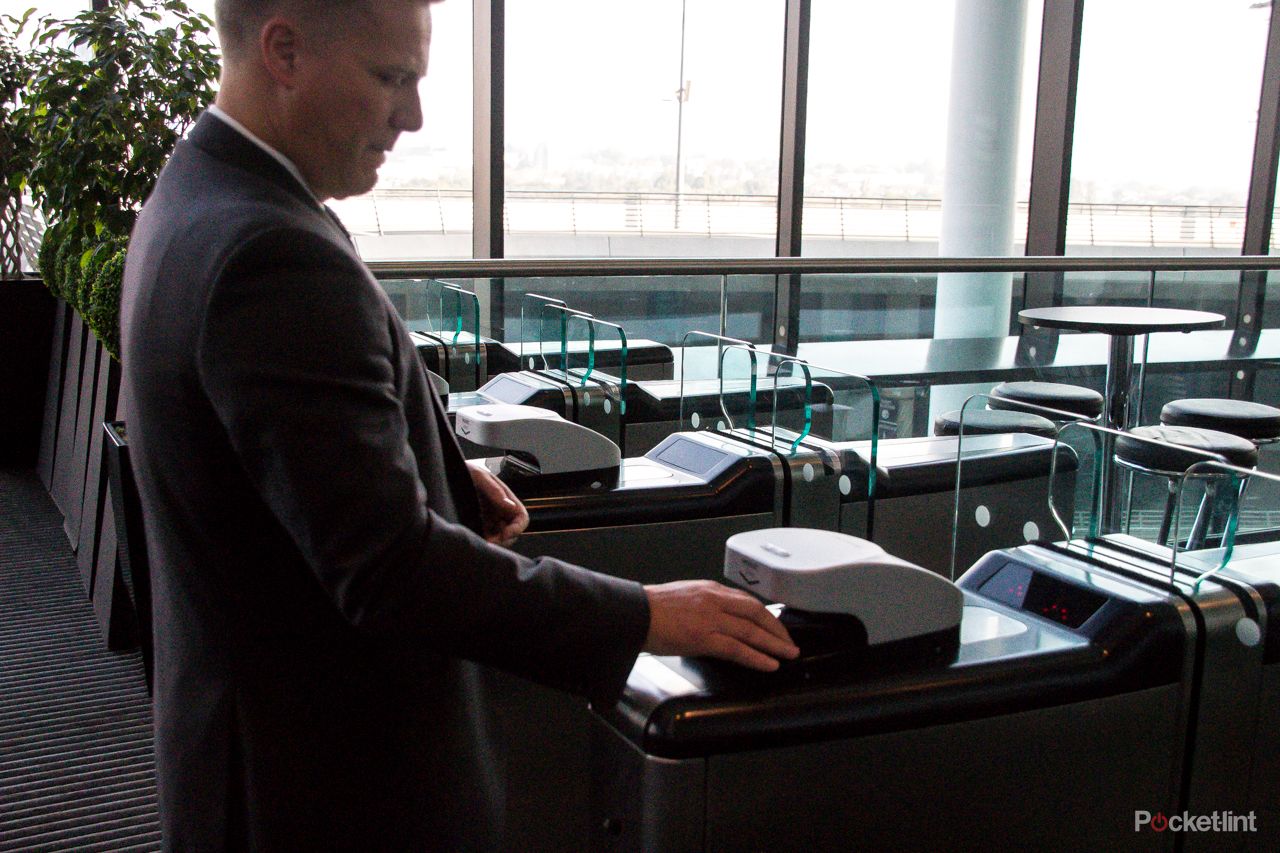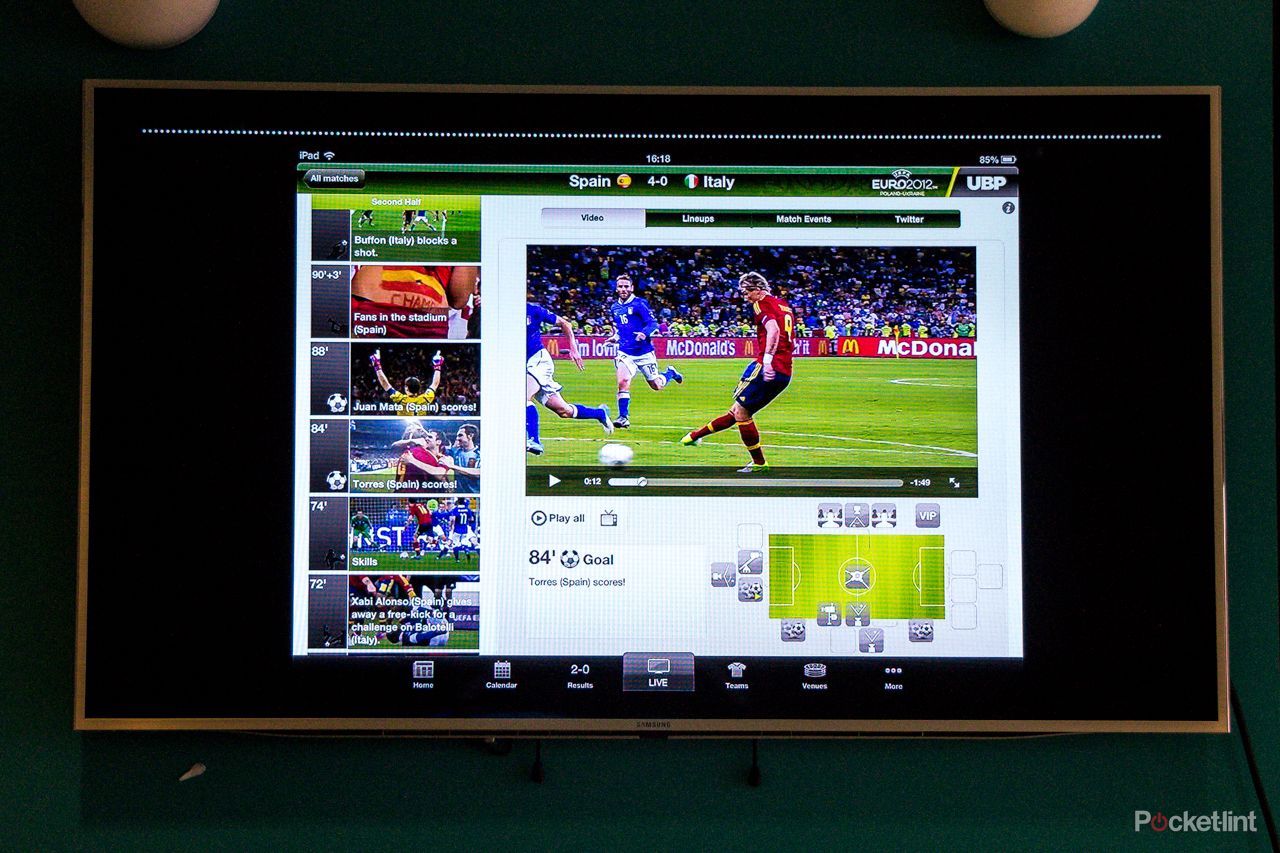It's been a few months since EE signed a sponsorship and technological partnership with England's national stadium Wembley and while it has been no slouch in introducing enough communications tech to service 1.6TB of downloads and 0.9TB of uploads in the venue over the summer, plans are to do much more. Much, much more.
Wembley, like any stadium, presents a difficult challenge for any mobile operator, having a prospective 90,000 fans each potentially wanting to call, text message or use their phone's data connection to view or post on social media feeds, all at the same time.
That's why the partnership has announced measures and a roadmap to make the stadium the "most connected in the world" and Pocket-lint was invited behind the scenes at the venue to find out more.
So, what do Wembley and EE have up their sleeves? And what can you expect in the future when you attend a football or rugby match or gig?
Superfast 4G
One of the first steps planned by the pairing is to install 300Mbps LTE (4G) connectivity in the stadium and have it switched on early next year. That means that fans with 4G smartphones of a Cat 6 standard will be able to get download speeds of up to 300Mbps - hugely impressive stuff.
Unfortunately, that won't apply to everyone. Not many 4G handsets are Cat 6. Not even the new iPhone 6 or iPhone 6 Plus will support the fastest speeds, even though they are compatible with 20 different LTE bands around the world.
There are a few knocking about already, such as the LG G3 and the UK version of the Samsung Galaxy Note 4, but you should see more and more released over the coming months, especially from Android phone manufacturers as the Qualcomm Snapdragon 805 chipset supports it.
As part of a longer term project, EE also plans to trial an even faster 400Mbps LTE service in Wembley Stadium as its test bed. This is expected to happen before the end of 2015, although you will need a Cat 9 handset to get the most of it and they just don't exist for consumers yet. Indeed, Mansoor Hanif, the director in charge of the network's LTE expansion explained that current Cat 9 devices run too hot to, literally, put into people's hands. Manufacturers will need to solve that problem first before a new wave of smartphones will be made available.
It will have trial devices to test the new service instead, at least initially.
Eventually, when the phones and tablets are available, and the service is stable enough, EE will launch 400Mbps throughout Wembley Stadium for use by the public. This will most likely happen in 2016 or 2017.
READ: Ever wanted to play at Wembley? App update will now put your name on the scoreboard
Let's not forget 3G
The operator is also investing time and effort in increasing the capacity and bandwidth for 3G customers too. At present, more than 60 per cent of its customers are on 3G contracts. And while that will dip in 2015, to just over half, that's still a significant portion of a Wembley crowd.
EE has added an extra 5MHz of spectrum to the Wembley network in order to cope and help ensure that everyone can stay connected, regardless of the age of their handset or price plan.
It has also recently installed 12 further mobile antennas around the stadium, most notably in the lighting rigs, to help keep a more constant signal.
Contactless payments and mobile ticketing
One of the areas that Wembley is keen to move forward with is the ability to accept contactless payments at its bars, food vendors and merchandise stalls.
In comparison with other venues, Wembley seems behind on this so is trialling systems at present, during specific events where it thinks more visitors with NFC-capable phones or chipped cards might attend, and it hopes to roll out the service fully in the second half of 2015.
Another use for the technology will come at the turnstiles, where Wembley wants to be able to accept tickets bought and displayed on a smartphone. All turnstiles are already NFC-enabled, but the systems aren't quite ready yet.
One issue is that it takes considerably longer to pull out a phone, bring the screen to life, open an app and then tap or display for a camera (the systems will also accept on-screen barcodes for those without NFC-enabled handsets). A possible solution, we were told by Rob Ray, Wembley's chief technology officer, is that a proximity tech, such as iBeacon, could be used to automatically display the ticket as the fan is reaching the turnstile area.
Again, trials for this are to start soon in the Club Wembley area before rolling out to other sections of the ground in time for the Rugby World Cup.
Offer alternative live video feeds on a dedicated app
As part of the 400Mbps speeds and capacity, which would also offer a realistic latency that would work for the feature, EE will launch a second application that can be used in the ground to watch alternative live video feeds of the action in front of them.
A prototype version of the app will be launched in 2015, with access to different cameras around the ground in real-time, with a future consumer release more likely to be available the year after.
LED lighting around the arch
To help launch EE and Wembley's plans for a more connected venue, the famous Wembley arch has been fitted with 228 large-scale LED floodlights that can create millions of colour combinations - a bit light a super Philips Hue system.
READ: Wembley Stadium arch turned into giant Hue-style mood lighting system that'll react to goals
Although it was used perhaps more as a publicity stunt at the time, it also has the potential to enhance football matches, concerts and the like, especially at night. Suggestions include changing the colour when a team scores a goal, or to reflect the amount of crowd noise currently being registered.
And in the distant future?
As Wembley has recently won the right to host the semi-finals and final of UEFA Euro 2020, EE and the stadium organisers have all manner of other plans for communications technology to go live by then.
That includes streaming Ultra HD 4K video to visitors' mobile devices, geo-location targeted offers and benefits, and even faster speeds for data connectivity.
EE called Wembley its new mothership for technology, which means it plans to introduce new tech at the stadium first and then release it in London and across the UK after, so if you really want to be one of the first to try new things, you'll either have to acquire a love for football, rugby or hugely popular bands and make the most of your visits.

